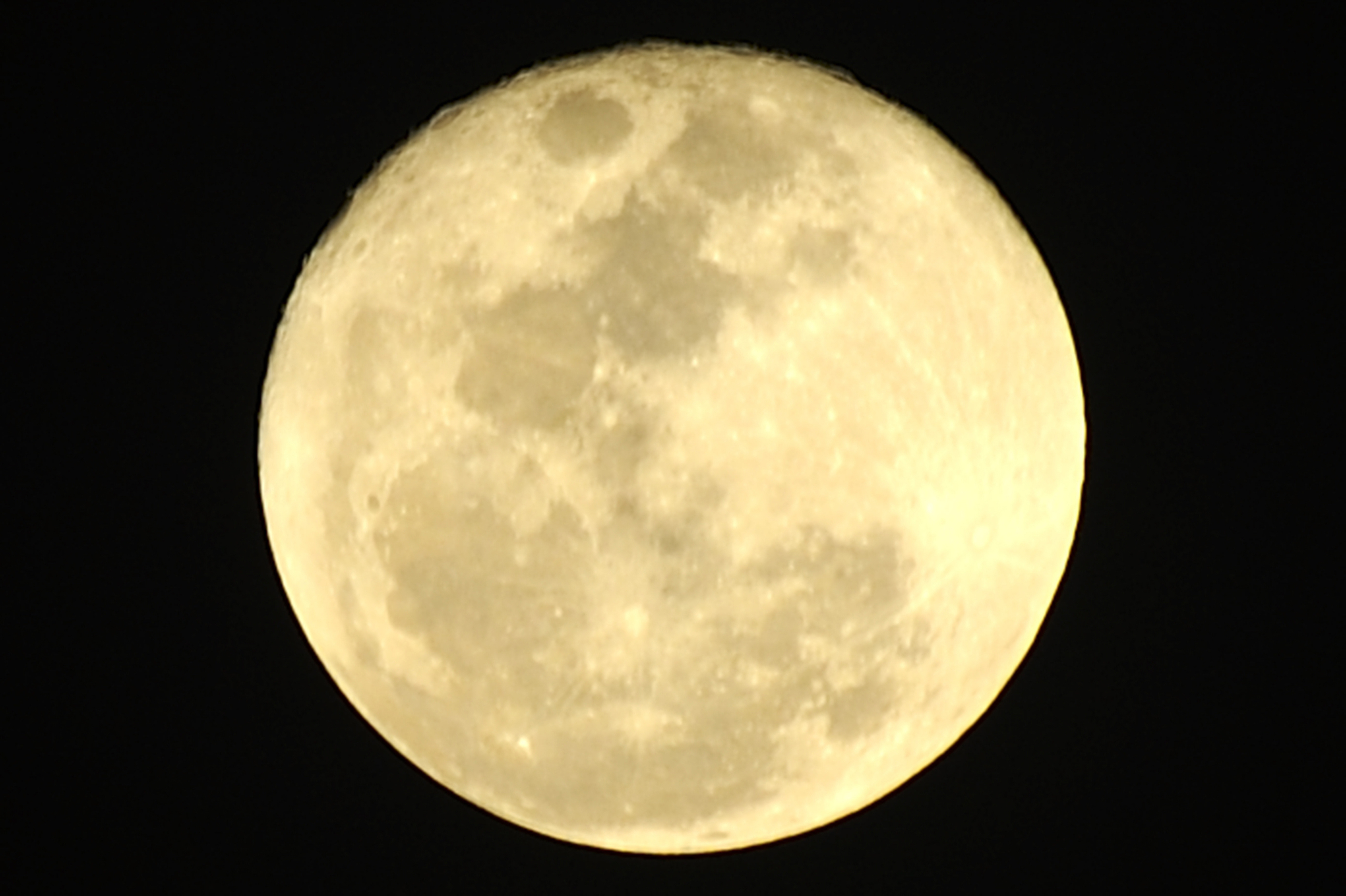
Super blue blood moon lunar eclipse will occur January 31st
It’s eclipse time again! This week, a total lunar eclipse will be visible during the early hours of January 31st.
Lunar eclipses are only possible when the moon is full, and January 2018 will be one of the rare months with two full moons, also known as a blue moon.
Unlike the solar eclipse of 2017, you can safely watch the lunar eclipse without eye protection, and the lunar eclipse will be visible to anyone who gets up early enough to see it if skies are clear.
According to NASA’s Jet Propulsion Laboratory (JPL) at the California Institute of Technology, for those in North America, the coming lunar eclipse will be the only total lunar eclipse event visible this year.
“For the (continental) U.S., the viewing will be best in the West,” said Gordon Johnston, a program executive and lunar blogger. “Set your alarm early and go out and take a look.”
Eclipses are only possible when the stars and planets align in a specific way. For a solar eclipse, it happens when the moon moves between the Earth and sun during its orbit around the Earth. The moon casts a shadow as it blocks the light and moves in front of the sun.
A lunar eclipse occurs when the sun, moon, and Earth are on the same plane with the sun and moon on opposite sides of the Earth, and the Earth casts a shadow over the moon.
The coming eclipse is noteworthy for three reasons. It’s a supermoon as the moon will be brighter than usual, it’s a blue moon because it’s the second full moon in the same month, and during the actual eclipse the moon will turn a reddish color making it a blood moon.
The “Super Blue Blood Moon” will begin on January 31st in the middle of the night, and the total lunar eclipse will start just before dawn
For those lucky enough to be graced with clear skies, the total lunar eclipse will be a site not to be missed.
—
By Kay Vandette, Earth.com Staff Writer













